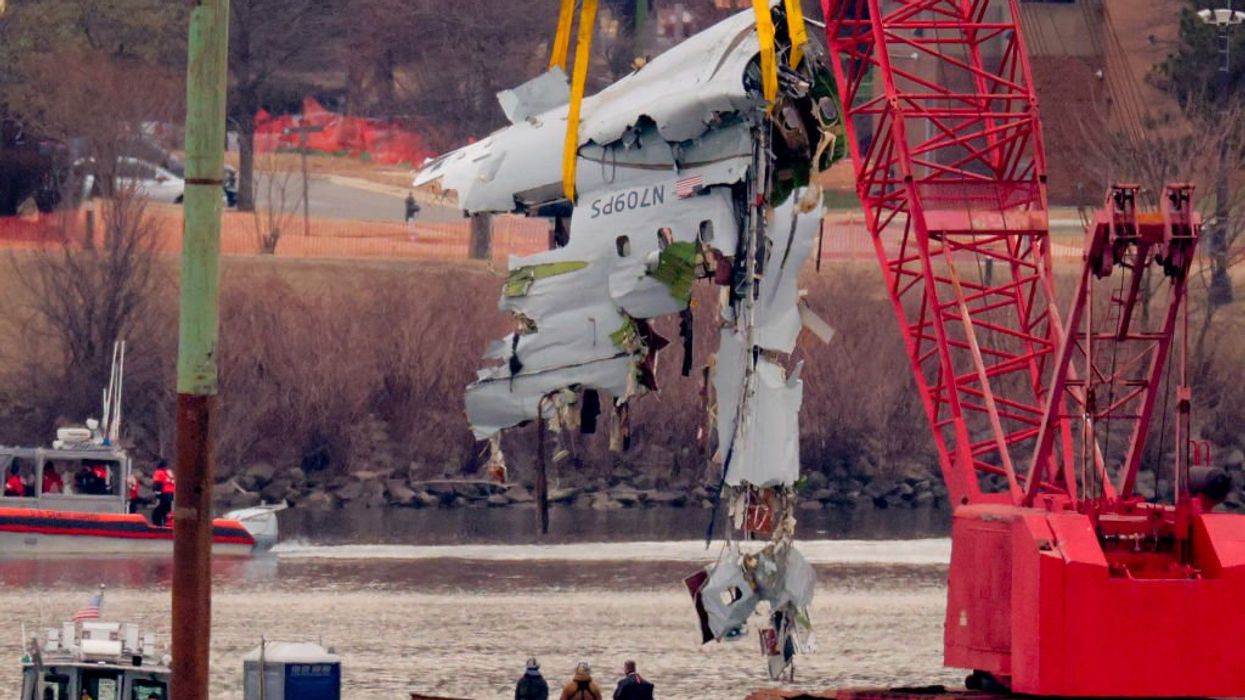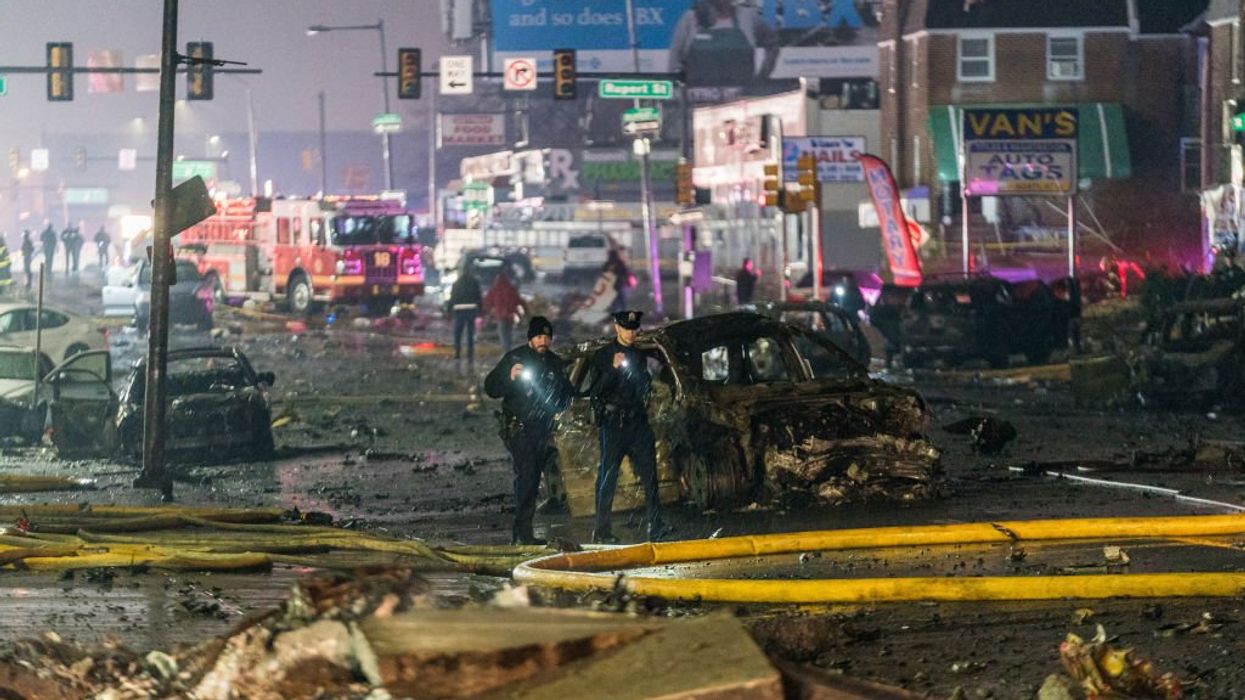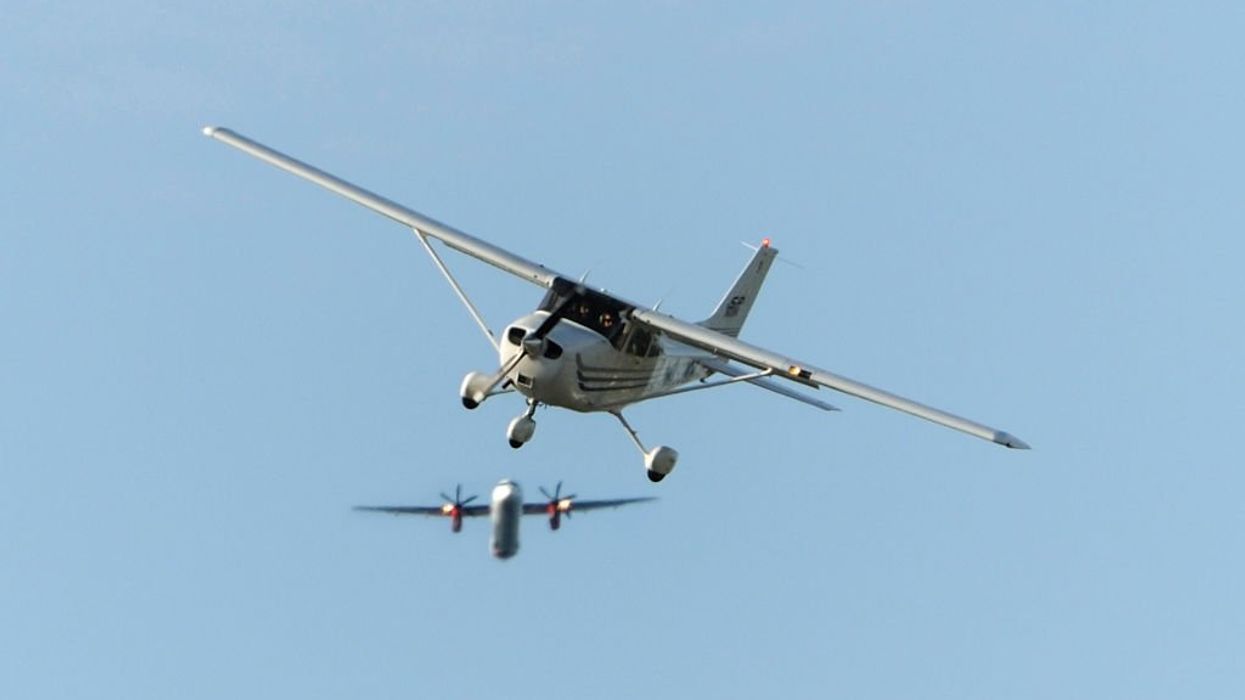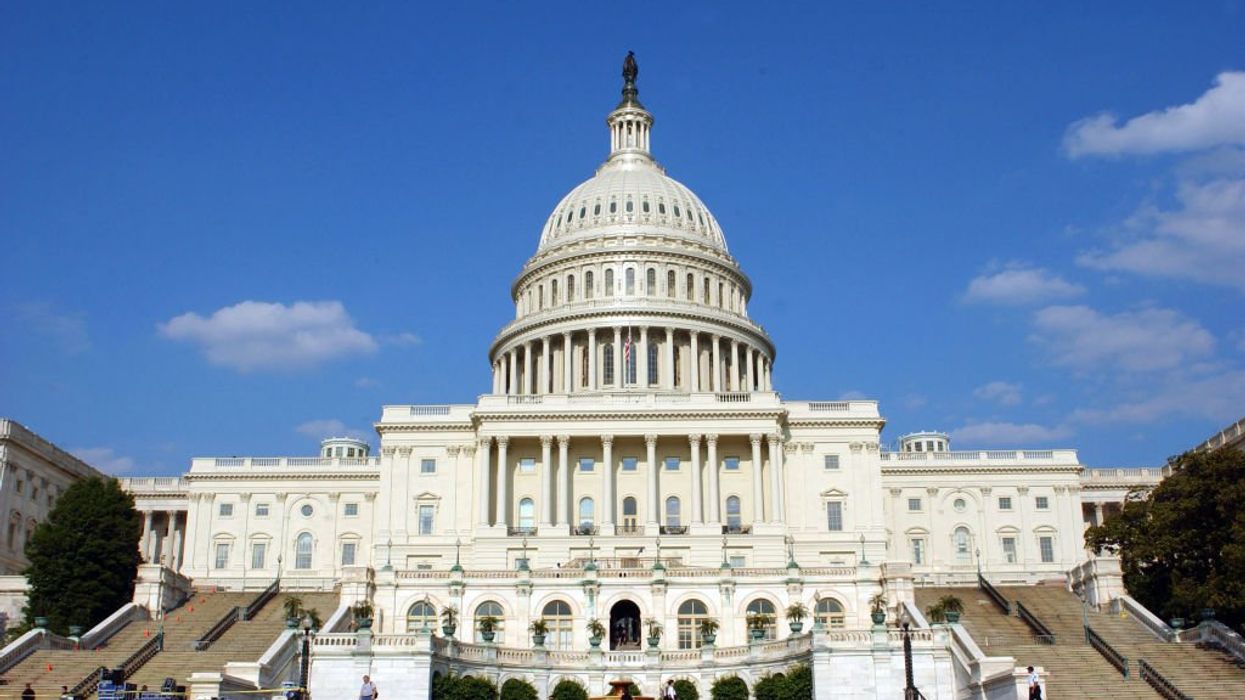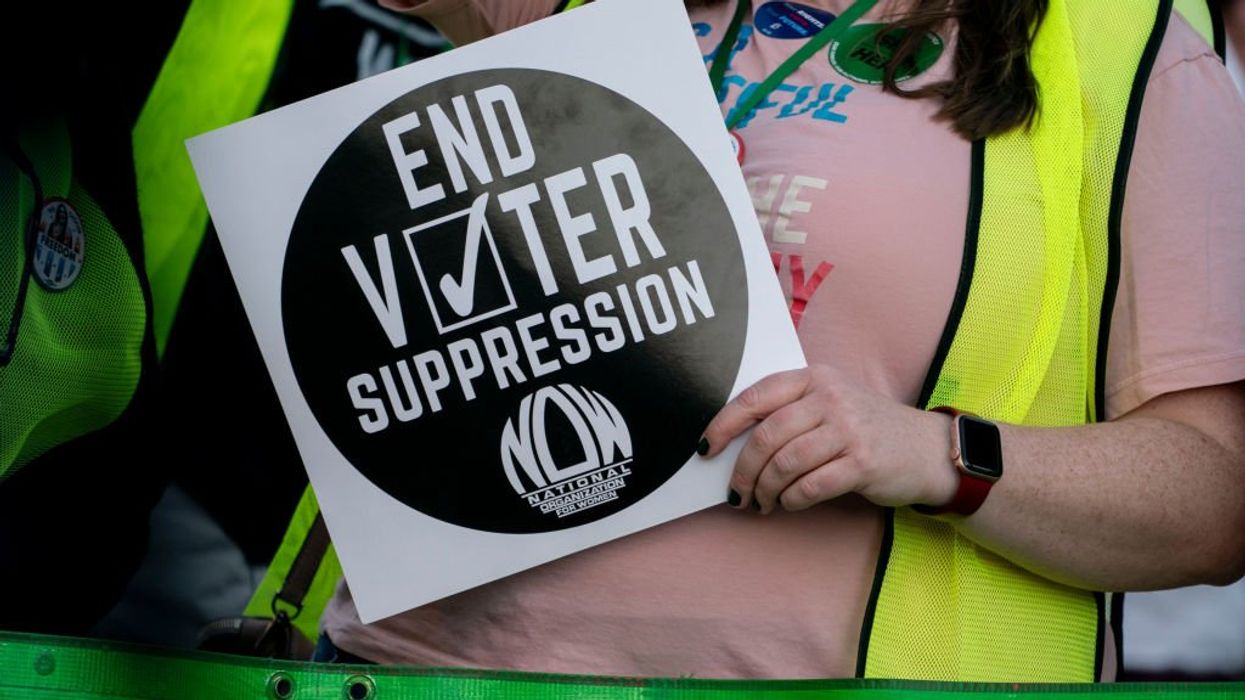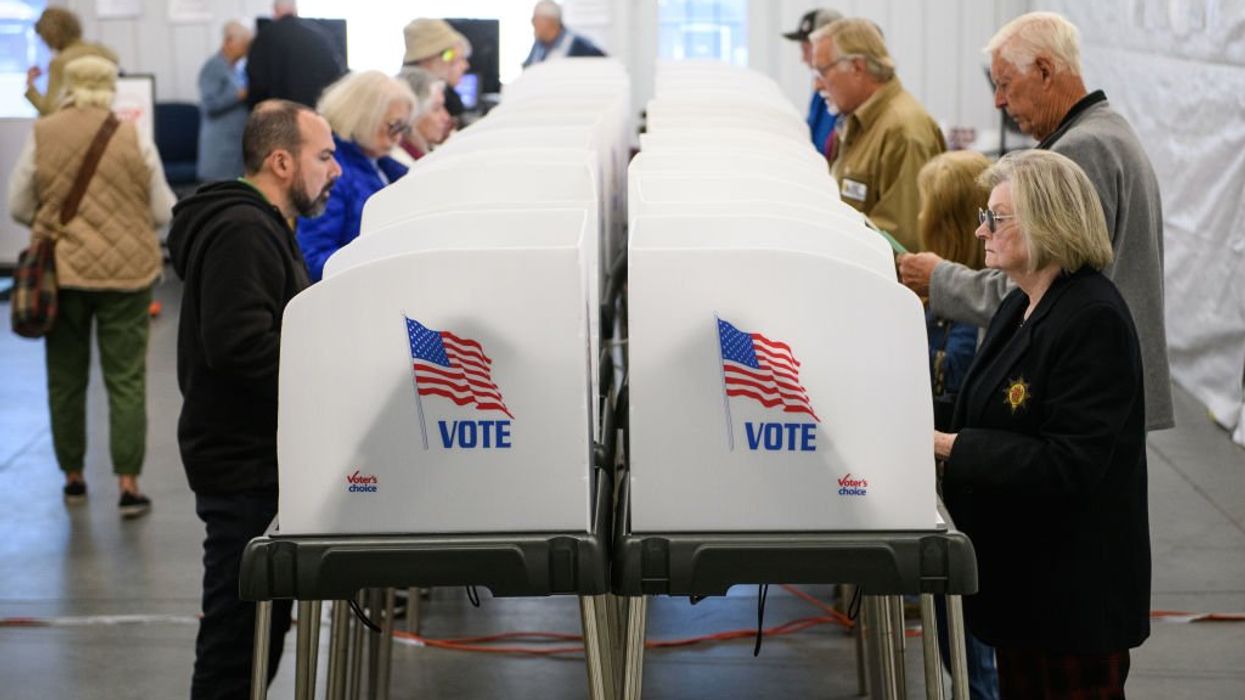Below is a transcript of this tribute
Yesterday was a sad but joyful day for me. On Friday, a dear friend of mine took my call. We don’t speak all that often, maybe every month or so, but I called him up just to see how he was doing and to see how life was in Pittsburgh. And as I’m about to hang up the phone with him, he told me that he had just gotten a bad diagnosis and prognosis from the doctor. And so yesterday, I went up to Pittsburgh and spent some time with him.
He’s truly a man that I wish you knew, and I wish you could know him the way I do. He’s a man who has absolutely changed the course of this country several times. I think he is the man who is responsible for Reagan in 1976 and 1980. He knew this guy would be good, in his words, not as good as he turned out, but he knew he would be good in the 1960s.
His father helped bring down the Nazis and then made him promise at a very young age that he would help bring down the communists here in America. His great uncle was probably the most hated man by FDR and one of the most maligned and hated men of the entire progressive movement, mainly because he was the architect of the roaring 20s.
This young man from this amazing family grew up to do great things himself, all of which have, I believe, given us a chance to be free for just a few more years, and then we’re on our own. Among these things, he helped launch the Heritage Foundation, now headed by Senator Jim DeMint. But I believe what will be a bigger legacy than any bank or university bearing his name is the newspaper that he has guided, the Pittsburgh Tribune Review, one of the very few major newspapers that actually still searches for the truth and uses the truth as a keel because it has Dick as the guiding hand and his hand-picked team at the helm.
I got to know my friend, Richard Mellon Scaife, a few years ago when I was at FOX, and my office received a phone call. They said that Mr. Scaife wanted to meet me and get to know me, that he had watched my show every day, and that he had a few questions for me. Well, I told him that I would love to meet with him, but at the time I was so overbooked that I just couldn’t make the trip to Pittsburgh at the time.
I knew the meeting was one I shouldn’t miss when his team said if you could just get to the airport there in New York, Glenn, he would fly in, and we could spend some time on his plane chatting. I did, and that was one of the most movielike moments in my increasingly movielike life. There I sat with truly one of America’s great titans on his DC-9 on the tarmac of the Westchester Airport just outside of New York City.
Side note: It made me very happy. He let the engines run just to piss off Al Gore the whole time. But we spent some time getting to know each other, and then he got right to business. He spoke to me in depth of the communist movement here in America that he had watched since he was a kid. He quizzed me on my knowledge of the progressive movement, and then he gave me a personal play-by-play of the history that he had witnessed.
I spent much of the time honestly confused because it took me a while to realize that when he said names like Jack or Ron, he was talking about JFK and President Reagan. I had never met anyone who had personal relationships like this.
Yesterday, we were talking, and he talked to me about, you know, a couple of meetings that he had with J Edgar Hoover back in the 60s and the people that he had met. When I mentioned Patton, he said, “Oh yeah, he was a neighbor of mine.” He has met every president, good and bad, since FDR. In the end, he told me that he just wanted to see if I was really the man I appeared to be on television. He wanted to know if I really believed in what I was saying or if it was nothing more than an act.
He told me then about the dinner that he had with his father toward the end of World War II where his father made him promise that he would fight the communists in America and around the world. When he saw these same people whom he thought he had defeated come back online in American politics, I think, I don’t know, but I think Dick may have felt a little bit that in some way he might have dropped the ball. He hadn’t. He helped give us Ronald Reagan and the Reagan revolution. Because of that, the wall came down.
Over the years, I’ve met with him a handful of times. We’ve spoken about politics and the players, some of which we agree on, some of which we don’t. I have spoken to him about the tough things, the evil nature of Margaret Sanger. When I first brought up Margaret Sanger, he said, “Oh, come on, I remember her. She used to come over to my house, and she would have tea with my mother.” I mean, I can’t imagine what this man’s life has been like, but I do know this, he is a man that has truly lived.
I have read his book. I have read his press clippings. I have seen the best and the worst. I’ve seen the joy and the pain of his life from afar. Mistakes and all, he has left his mark on our world, and he continues to do so today. And most people on our side don’t even know about him. Long after he is gone, his legacy will still impact how we live. I have met those he has groomed to take over for him at the Tribune. He will leave it in good, decent, and honest hands, hopefully a long time down the road.
I didn’t know Dick in his prime, which is my alcoholic code for his drinking days. I know Richard Mellon Scaife today. As life has made him movie rich, life has also humbled him, and it is in the quiet times that a man becomes truly wealthy. They say you can judge a man by the company he keeps, not those who pop in for a check or an endorsement or whatever but those who are there around him.
I have seen those who are with him and at his side every single day. I see the love and loyalty they have for him and the love and loyalty he has for them. I don’t know what the world will, and especially with the left, what they will say about him, but I will say this, Richard Mellon Scaife is my friend. It’s an honor to know him, to learn from him.
In the end, I thought of this on the plane on the way up to Pittsburgh, I don’t think I’ve learned enough. This man is a living history book. I have never met anyone like him. I told my wife when I got home, “Honey, we will never have the chance to meet another man like that ever again.” They don’t make them like that ever again. And if I perhaps had a better sense of priorities, I would have spent more time grilling him for the knowledge that he alone has witnessed firsthand as it has impacted history.
In time, I hope that there are those who are at his side every day today that will tell his story that he has taught them, and I hope to empower them. In the meantime, I went to Pittsburgh yesterday to learn something new yet again from my friend, to have a laugh, to share a few stories of great American heroes, and to learn more about them. We’ll continue to have our phone chats from time to time, and if I’m lucky enough, I will be able to spend a few more hours with him in the weeks and months ahead, but they will mean more to me now.
It’s strange and I think unfortunate how we have to learn things. Friday, that call with my friend when he told me about his diagnosis, unfortunately it said something else to me – hopefully this time I’ll learn it – stop all the things in your life that seem to make you busy. Instead, find the people and the things that have real meaning in your life and invest your time there. Once again, my friend, Richard Mellon Scaife, has made my life better because he lives.

